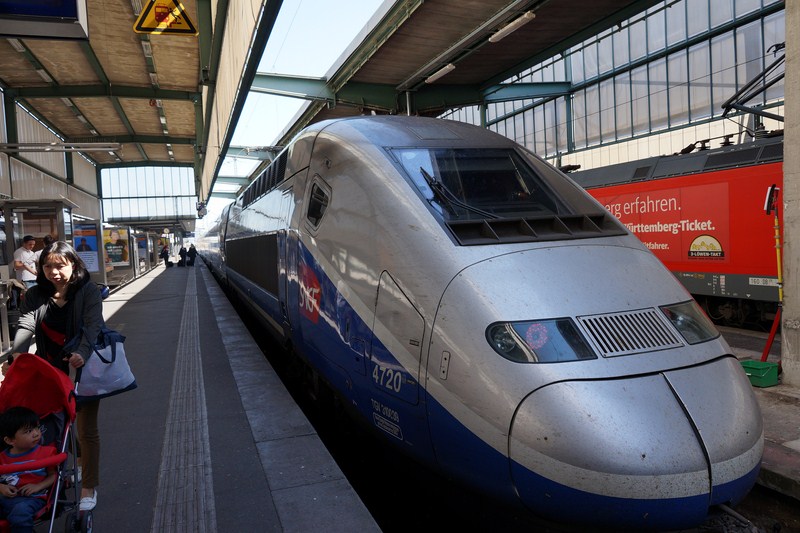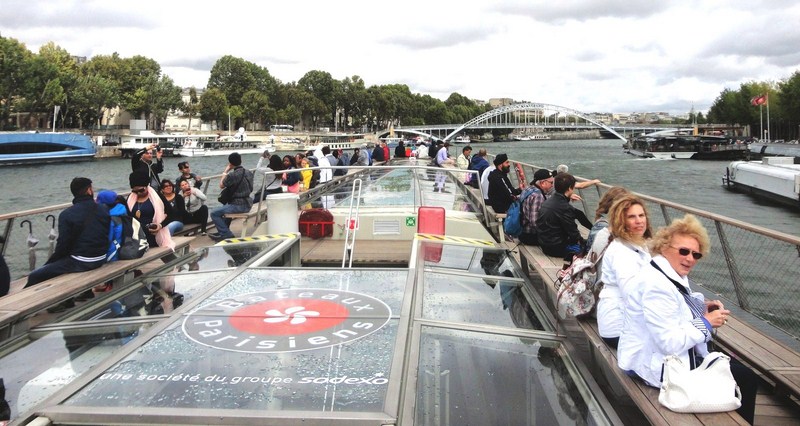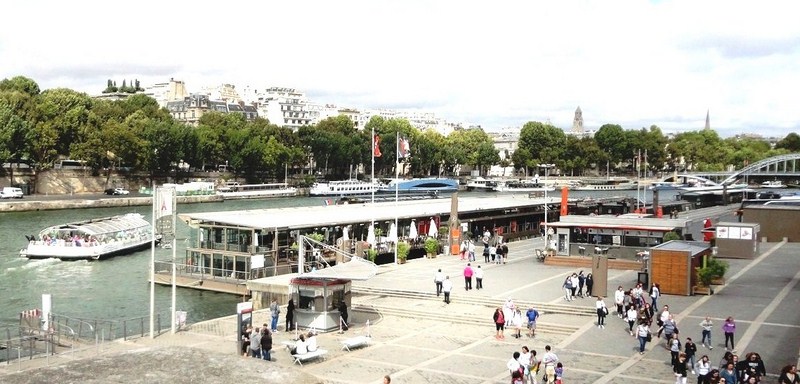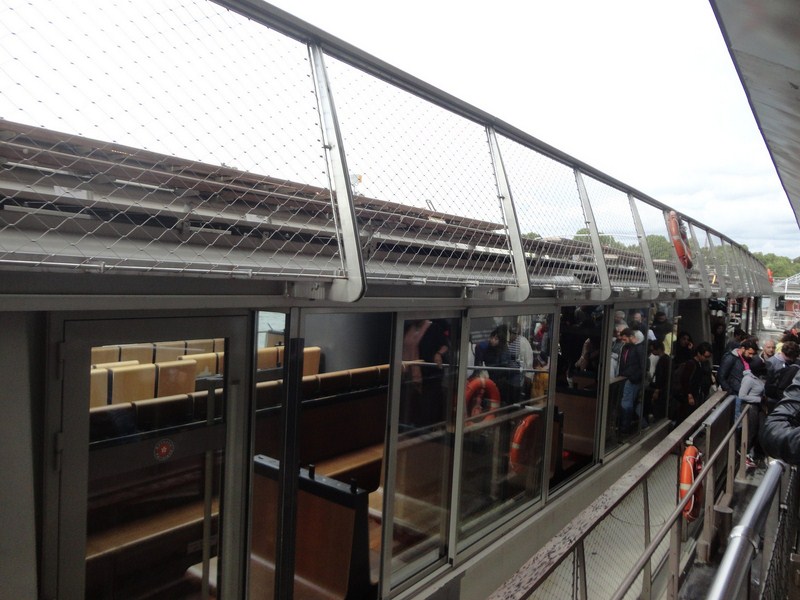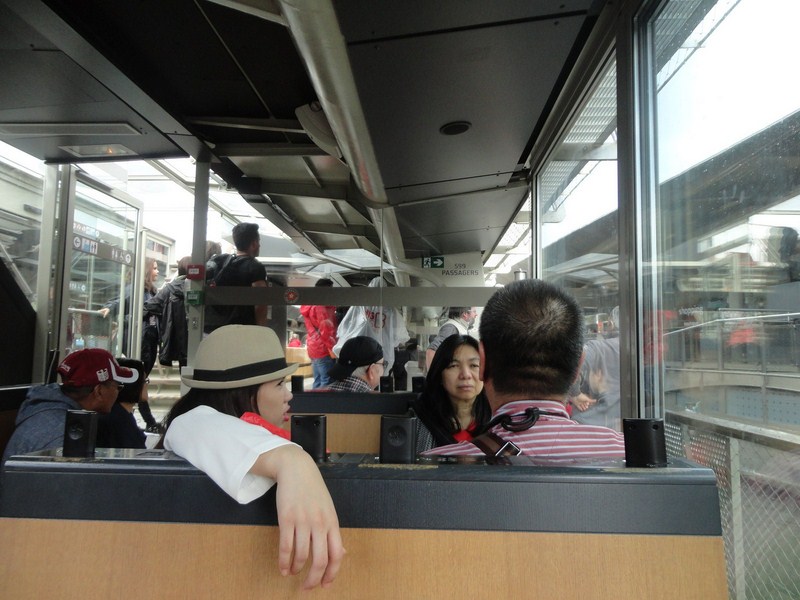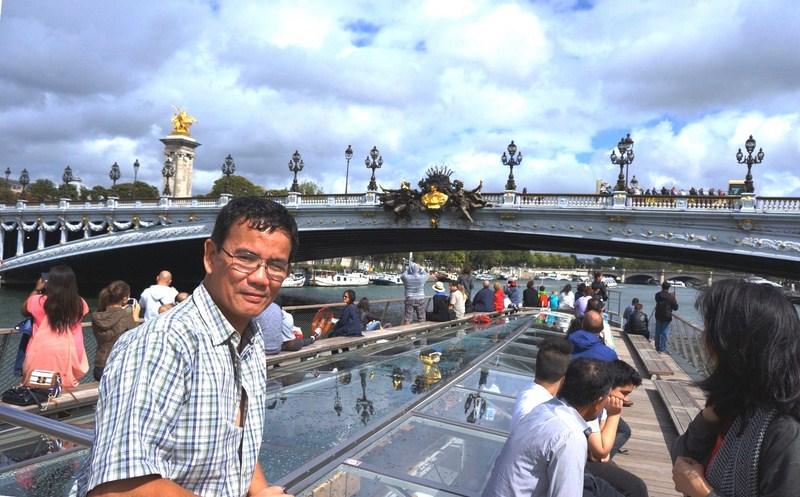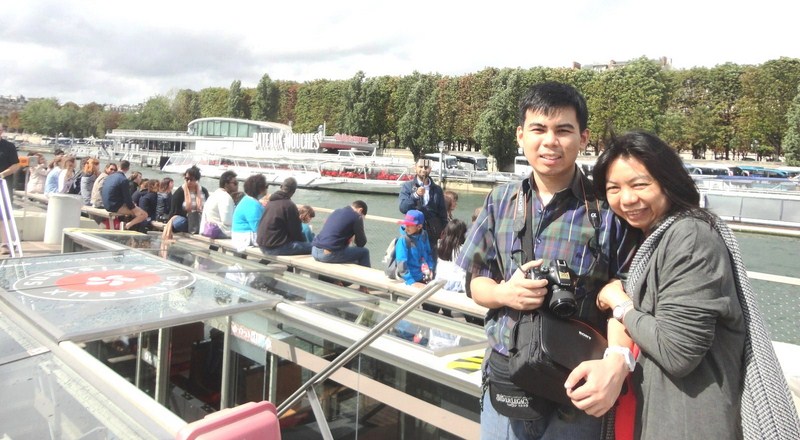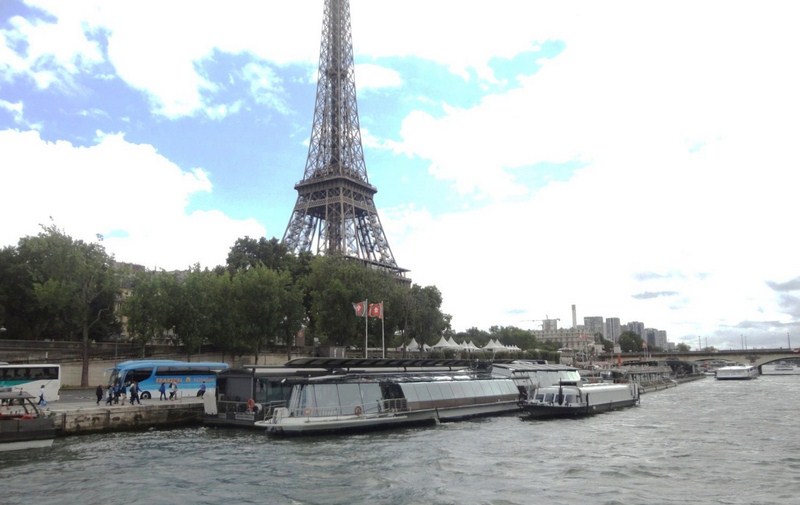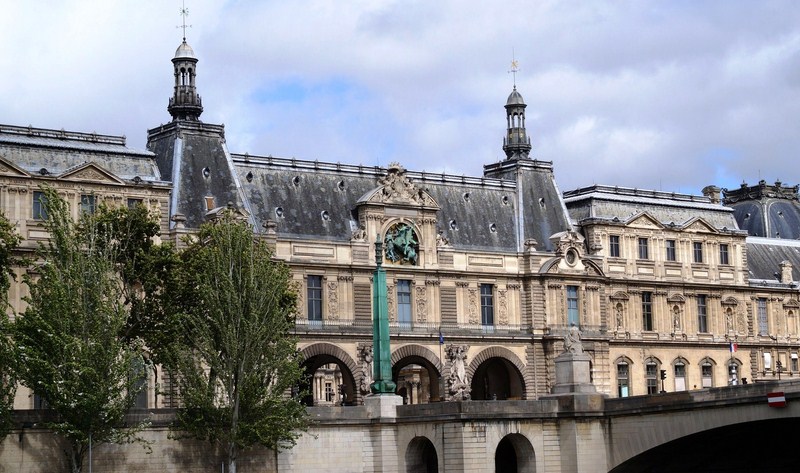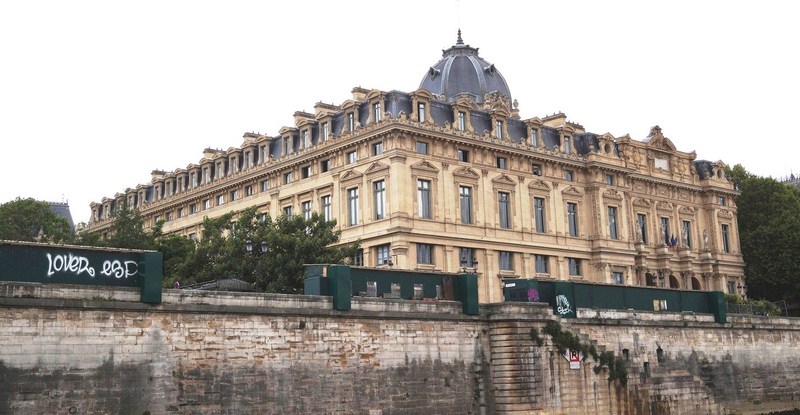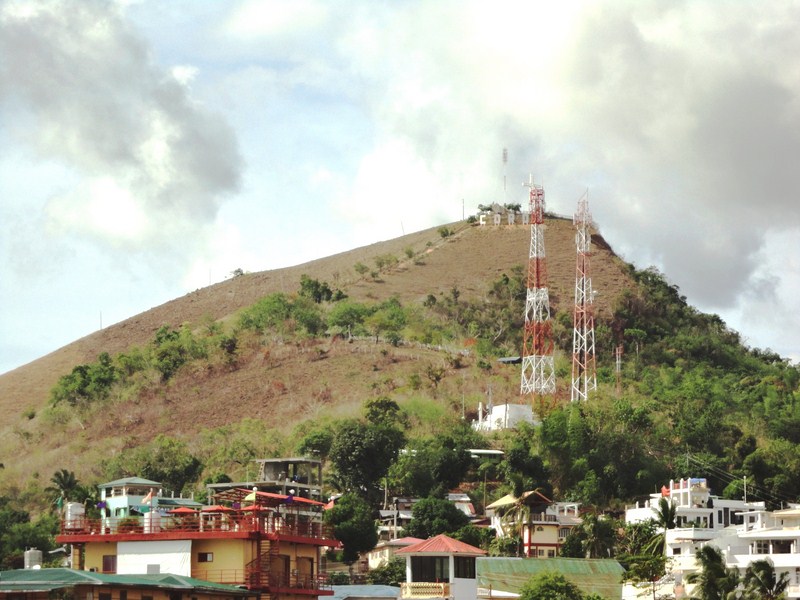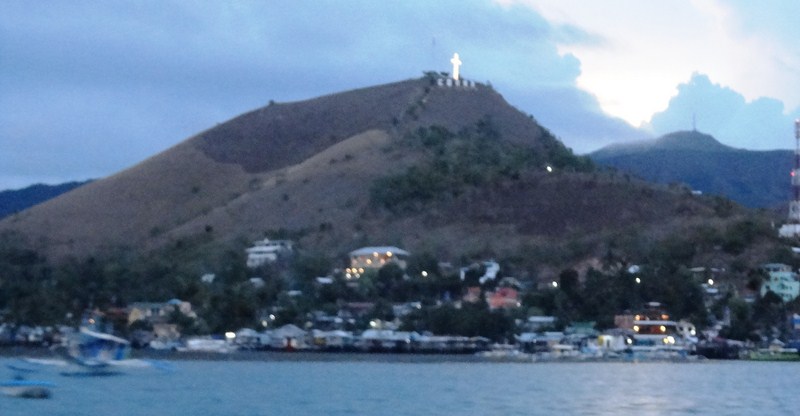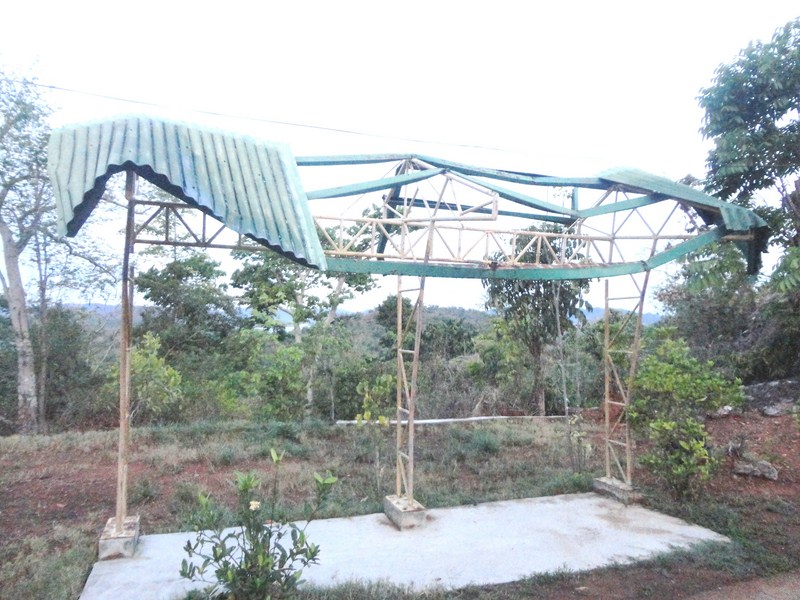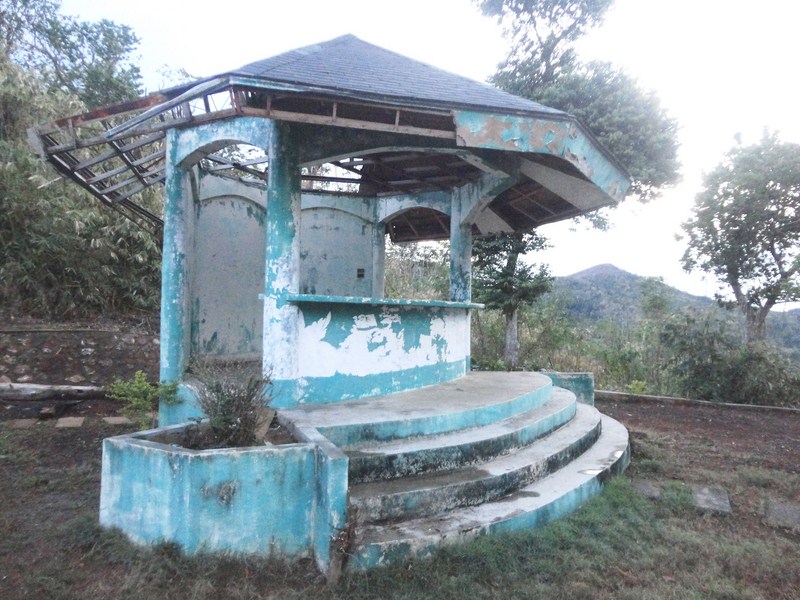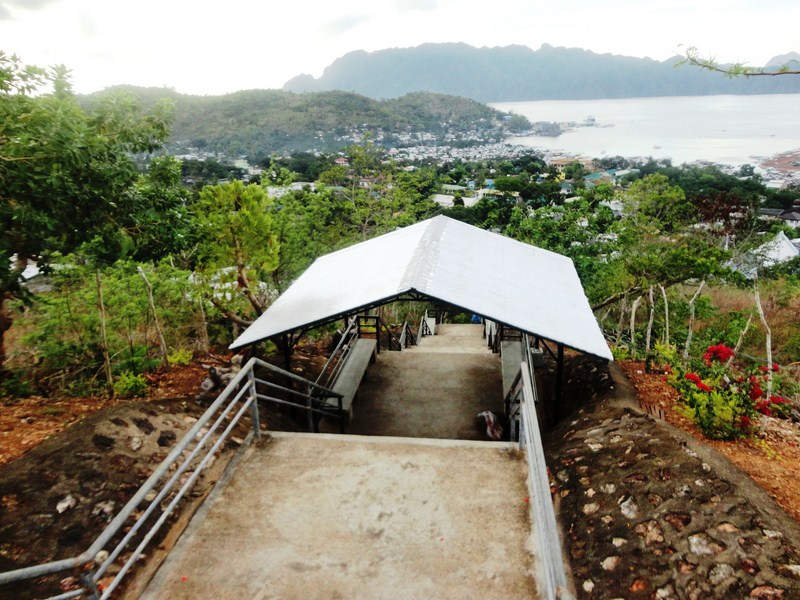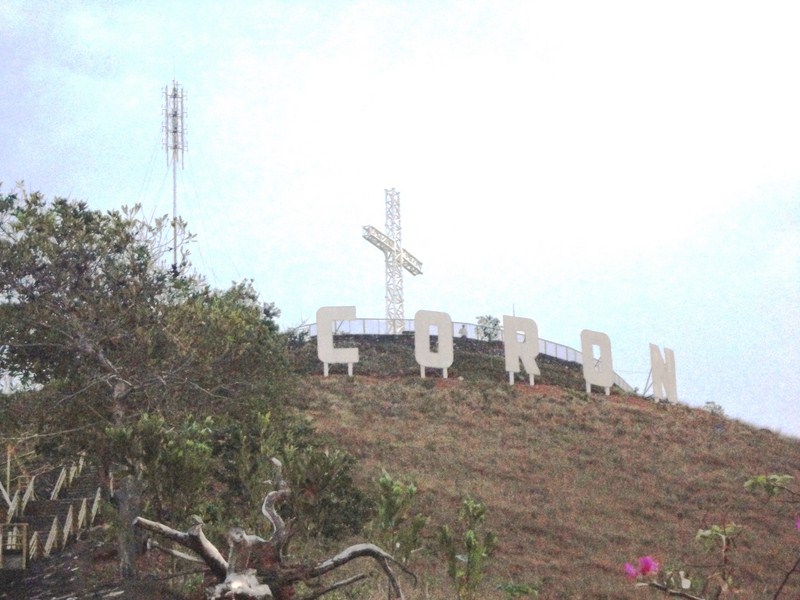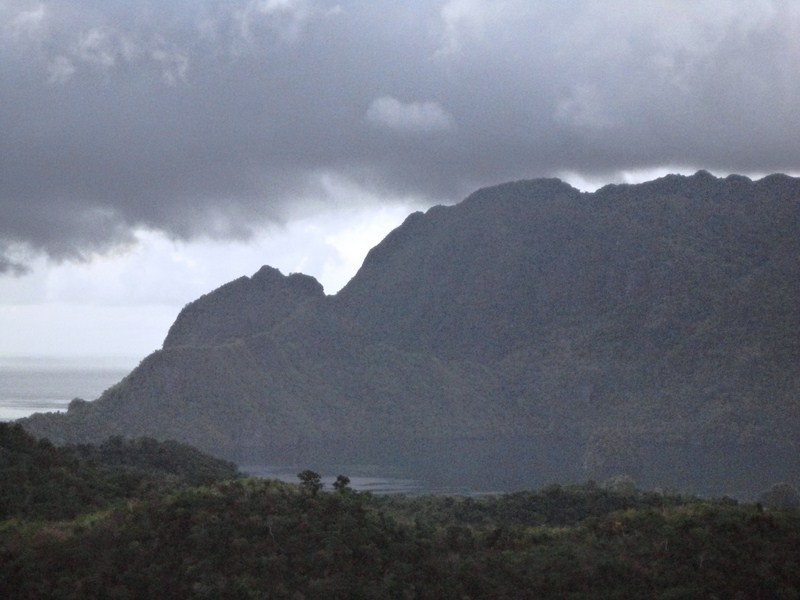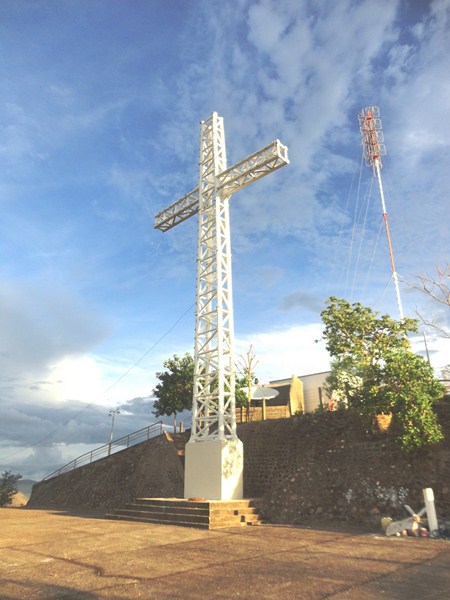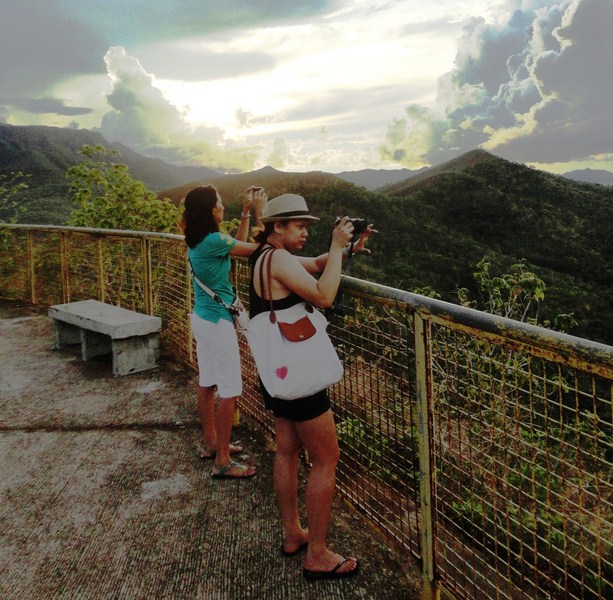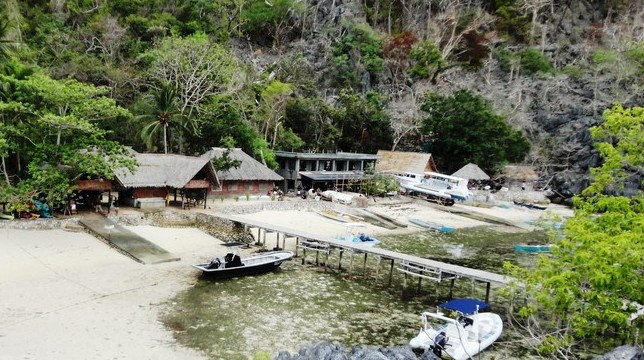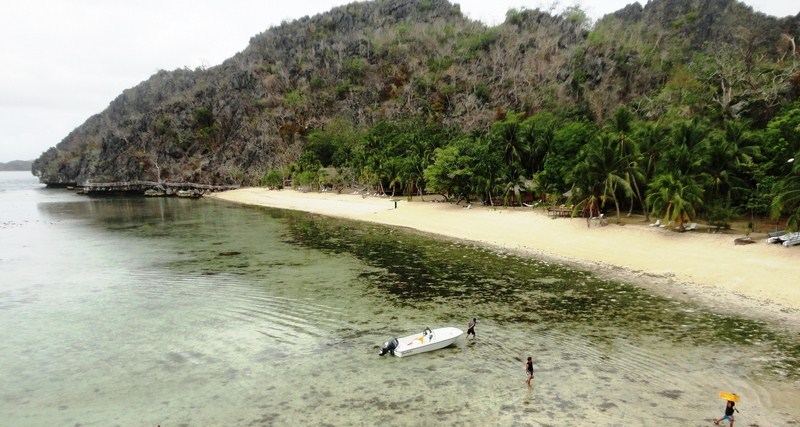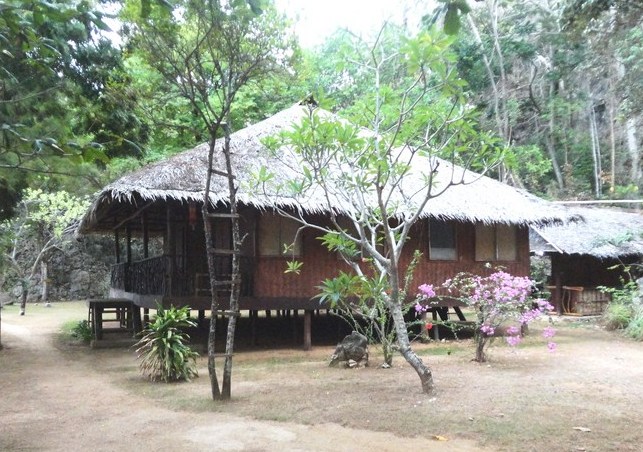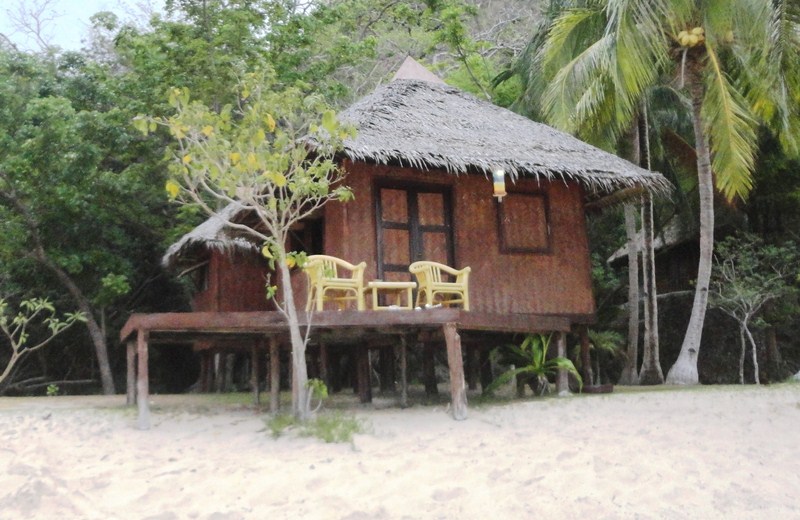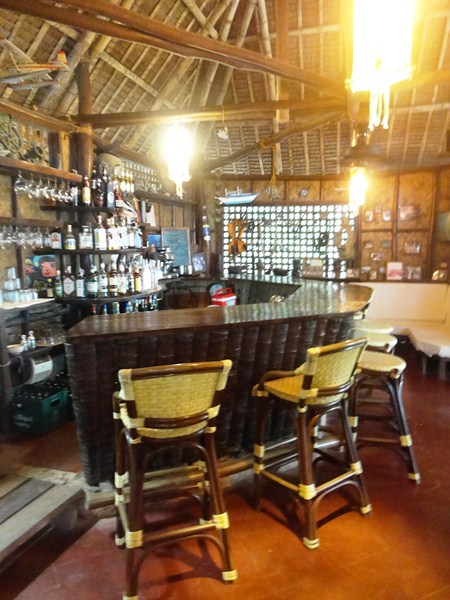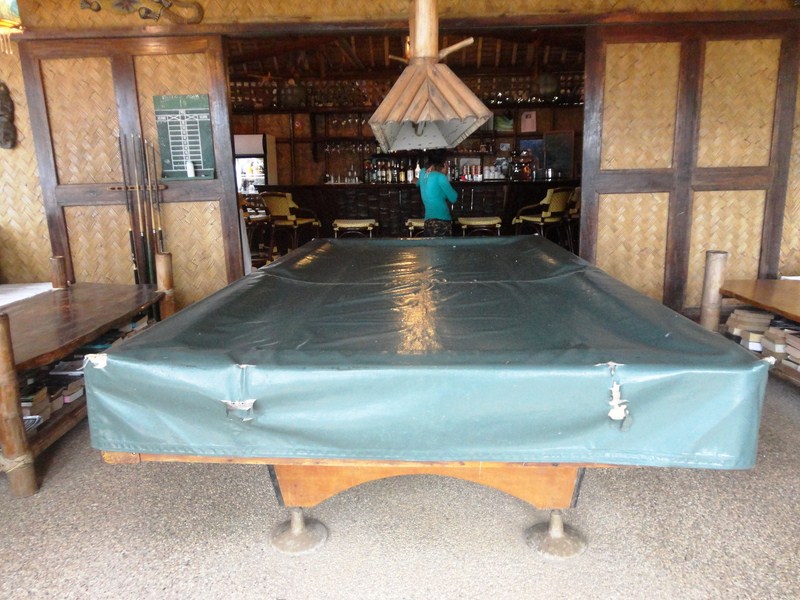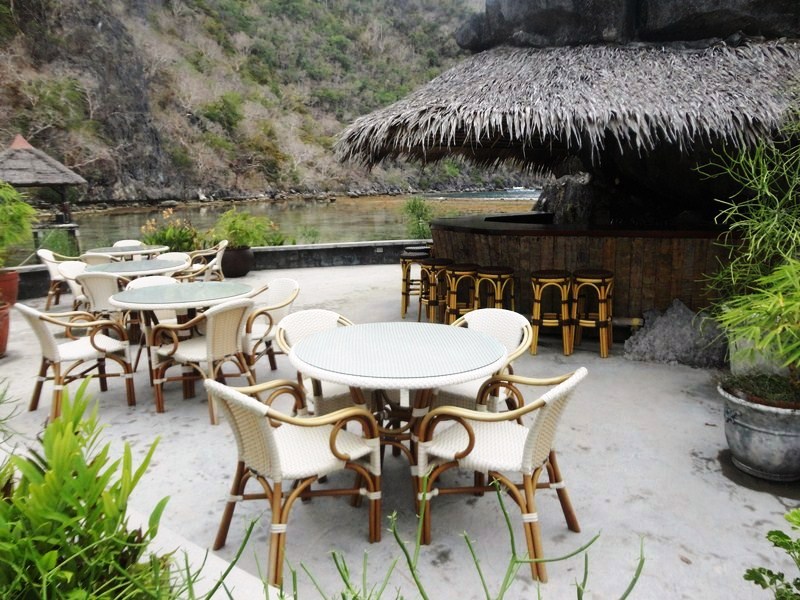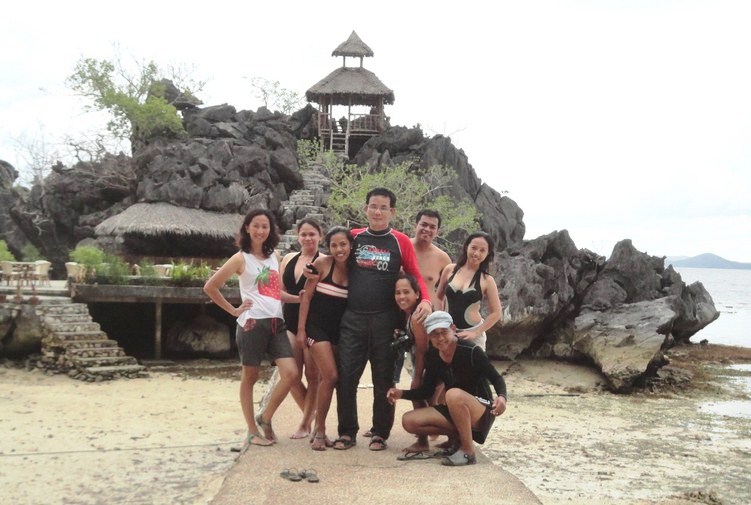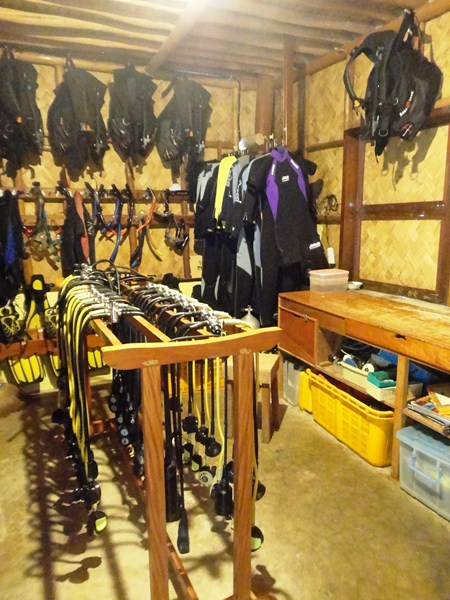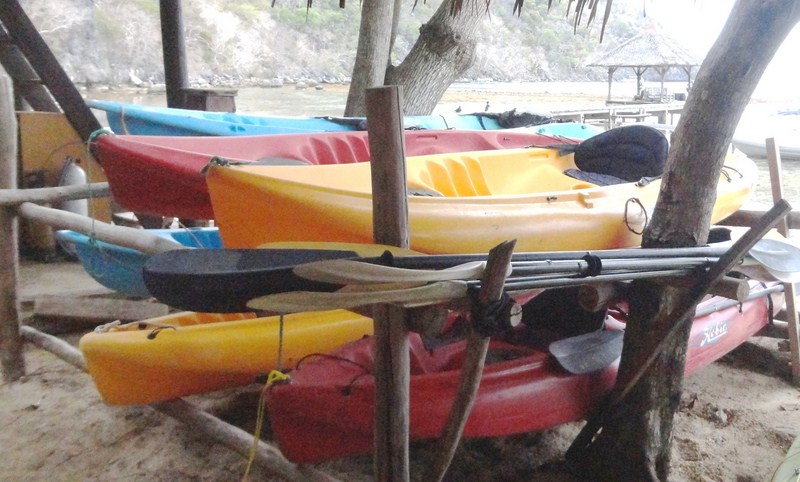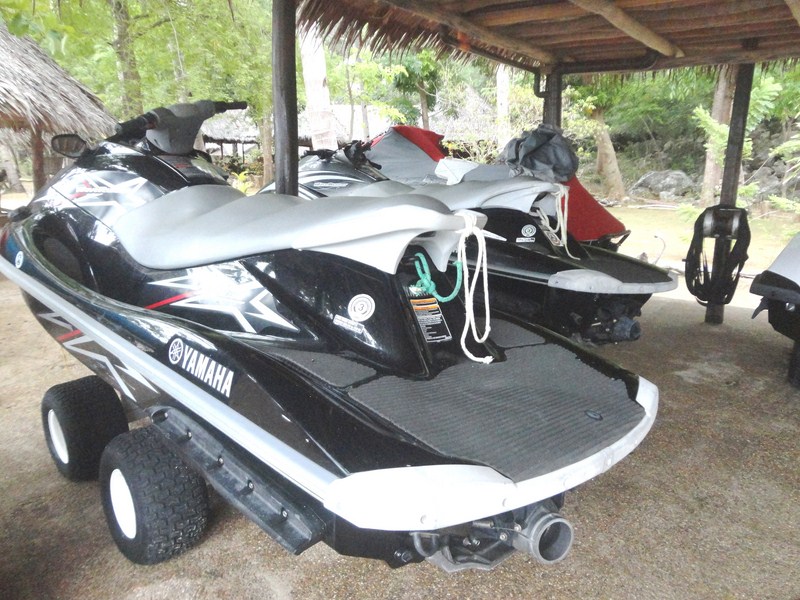After our visit to the Alberta Uitangcoy-Santos Ancestral House, participants of the AAP Drive Caravan proceeded to the Bulacan Pasalubong Center, one-stop shop for marketing, promotion and selling of Bulacan-made products.
They include beverages; breads and pastries; chips and seeds; dairy products; processed meat and fish; relishes; condiments and dips; specialty food; sweets and candies and sweet preserves; bags and wallets; fashion and fine jewelry; garments; holiday and home décors; native products; toys; wearables; and health and wellness products.
Check out “Alberta Uitangcoy-Santos House”
Managed by the Bulacan Provincial Government through the Provincial Cooperative and Enterprise Development Office (PCEDO), it offers foreign and local tourists a wide variety of Tatak Bulakenyo products.
They include pastillas (carabao milk candies), minasa (cassava cookies), ensaymadang Malolos (cheesy brioche with salted egg), inipit de leche (pressed custard sponge cake); barquillos (biscuit rolls); putok pan de sal de Baliwag (milky bread roll); crispy mushroom flakes and bits; chicharon (pork rind crackling); sukang Bulacan, longganisang Calumpit, buntal products, gowns and barong; jewelry and furniture.
Here, we had a taste of the mouthwatering local glutinous rice cakes (sapin-sapin, kutsinta, biko, etc.) and arroz caldo (Filipino congee).
Bulacan Pasalubong Center: BTTBAC Bldg., Provincial Capitol Compound, MacArthur Highway, Malolos City 3000. Open Mondays to Saturdays, 8 AM to 5 PM. Tel: (044) 791-0884.
Automobile Association Philippines (AAP): 28 EDSA, Greenhills, San Juan City. Tel: (632) 655-5889. Fax: (632) 655-1878. E-mail: info@aap.org.ph. Website: www.aap.org.ph.












































































